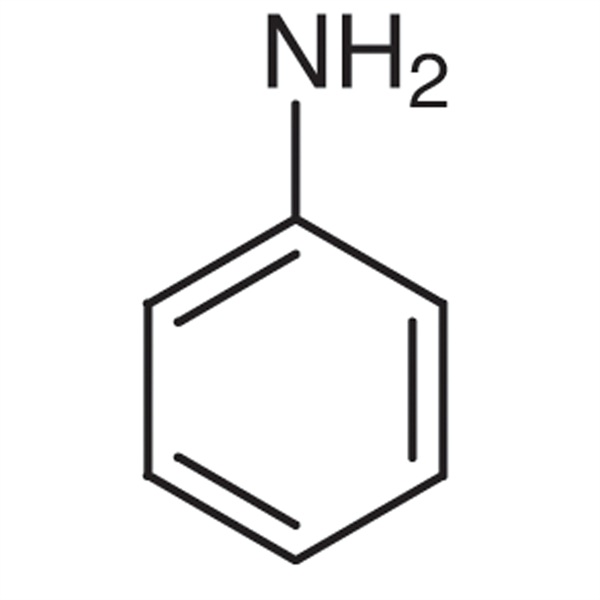Aniline CAS 62-53-3 Purity ≥99.9%(GC) High Quality
Shanghai Ruifu Chemical Co., Ltd. is the leading manufacturer of Aniline (CAS: 62-53-3) with high quality, commercial production. Ruifu Chemical can provide worldwide delivery, competitive price, excellent service, small and bulk quantities available. Purchase Aniline (CAS: 62-53-3), Please contact: alvin@ruifuchem.com
| Chemical Name | Aniline |
| Synonyms | Aniline Oil; Aminobenzene; Phenylamine |
| Stock Status | In Stock, Production Capacity 100000 Tons per Year |
| CAS Number | 62-53-3 |
| Molecular Formula | C6H7N |
| Molecular Weight | 93.13 g/mol |
| Melting Point | -6℃(lit.) |
| Boiling Point | 184℃(lit.) |
| Flash Point | 75℃ |
| Density | 1.022 g/mL at 25℃(lit.) |
| Refractive Index n20/D | 1.586(lit.) |
| Sensitive | Hygroscopic. Light Sensitive |
| Water Solubility | Soluble in Water |
| Stability | Stable. Incompatible with Oxidizing Agents, Bases, Acids, Iron and Iron Salts, Zinc, Aluminium. Light Sensitive. Combustible. |
| COA & MSDS | Available |
| Free Sample | Available |
| Brand | Ruifu Chemical |
| Items | Specifications | Results |
| Appearance | Colorless to Light Yellow Liquid |
Complies |
| Aniline Purity | ≥99.9%(GC) | >99.9% |
| Phenol | ≤0.02% | <0.02% |
| Chlorobenzene | ≤0.01% | <0.01% |
| Toluidine | ≤0.01% | <0.01% |
| Cyclohexylamine | ≤0.005% | <0.005% |
| Cyclohexanol | ≤0.005% | <0.005% |
| Nitrobenzene (C6H5NO2) | ≤0.002% | <0.002% |
| Density (20℃) | 1.021~1.026 | Complies |
| Refractive Index n20/D | 1.584~1.589 | Complies |
| Crystallization Point | -6℃~-6.5℃ | -6.2℃ |
| Water by Karl Fischer | ≤0.10% | 0.05% |
| Ignition Residue (as Sulfate) | ≤0.005% | <0.005% |
| Color Scale | 0-250 (APHA) | 40 |
| Infrared Spectrum | Consistent with Structure | Complies |
| Conclusion | The product has been tested and complies with the given specifications | |
Package: Fluorinated Bottle, 25kg/Drum, 200kg/Drum, or according to customer's requirement.
Storage Condition: Light sensitive. Keep the container tightly closed and store in a cool, dry and well-ventilated warehouse away from incompatible substances. Protect from light and moisture. Incompatible with oxidizing agents, iron and iron salts, etc.
Shipping: Deliver to worldwide by air, by FedEx / DHL Express. Provide fast and reliable delivery.
How to Purchase? Please contact Dr. Alvin Huang: sales@ruifuchem.com or alvin@ruifuchem.com
15 Years Experience? We have more than 15 years of experience in the manufacture and export of a wide range of high quality pharmaceutical intermediates or fine chemicals.
Main Markets? Sell to domestic market, North America, Europe, India, Korea, Japanese, Australia, etc.
Advantages? Superior quality, affordable price, professional services and technical support, fast delivery.
Quality Assurance? Strict quality control system. Professional equipment for analysis include NMR, LC-MS, GC, HPLC, ICP-MS, UV, IR, OR, K.F, ROI, LOD, MP, Clarity, Solubility, Microbial limit test, etc.
Samples? Most products provide free samples for quality evaluation, shipping cost should be paid by customers.
Factory Audit? Factory audit welcome. Please make an appointment in advance.
MOQ? No MOQ. Small order is acceptable.
Delivery Time? If within stock, three days delivery guaranteed.
Transportation? By Express (FedEx, DHL), by Air, by Sea.
Documents? After sales service: COA, MOA, ROS, MSDS, etc. can be provided.
Custom Synthesis? Can provide custom synthesis services to best fit your research needs.
Payment Terms? Proforma invoice will be sent first after confirmation of order, enclosed our bank information. Payment by T/T (Telex Transfer), PayPal, Western Union, etc.
Risk Codes
R23/24/25 - Toxic by inhalation, in contact with skin and if swallowed.
R40 - Limited evidence of a carcinogenic effect
R41 - Risk of serious damage to eyes
R43 - May cause sensitization by skin contact
R48/23/24/25 -
R50 - Very Toxic to aquatic organisms
R68 - Possible risk of irreversible effects
R48/20/21/22 -
R39/23/24/25 -
R11 - Highly Flammable
Safety Description
S26 - In case of contact with eyes, rinse immediately with plenty of water and seek medical advice.
S27 - Take off immediately all contaminated clothing.
S36/37/39 - Wear suitable protective clothing, gloves and eye/face protection.
S45 - In case of accident or if you feel unwell, seek medical advice immediately (show the label whenever possible.)
S46 - If swallowed, seek medical advice immediately and show this container or label.
S61 - Avoid release to the environment. Refer to special instructions / safety data sheets.
S63 -
S36/37 - Wear suitable protective clothing and gloves.
S16 - Keep away from sources of ignition.
UN IDs UN 1547 6.1/PG 2
WGK Germany 2
RTECS BW6650000
FLUKA BRAND F CODES 8-9
TSCA Yes
HS Code 2921411000
Hazard Class 6.1
Packing Group II
Toxicity LD50 orally in rats: 0.44 g/kg (Jacobson)
Aniline (CAS: 62-53-3) is the simplest primary aromatic amine and a compound formed by the substitution of a hydrogen atom in the benzene molecule with an amino group. It is colorless oil like flammable liquid with strong odor. When heated to 370℃, it is slightly soluble in water and soluble in ethanol, ether, chloroform and other organic solvents. It becomes brown in the air or under the sun. It can be distilled by steam. A small amount of zinc powder is added to prevent oxidation when it is distilled. The purified aniline can be added 10~15ppm NaBH4 to prevent oxidation deterioration. The solution of aniline is alkaline. It is easy to produce salt when it reacts with acid. The hydrogen atoms on its amino groups can be substituted by alkyl or acyl groups to produce second or third grade aniline and acyl aniline. When substitution reaction occurs, the products of ortho and para substituted products are mainly produced. It reacts with nitrite to form diazonium salts, which can be used to produce a series of benzene derivatives and azo compounds.
Aniline (CAS: 62-53-3) is one of the most important amines. Aniline is an organic compound with the formula C6H5NH2. Consisting of a phenyl group attached to an amino group, aniline is the simplest aromatic amine. It is an industrially significant commodity chemical, as well as a versatile starting material for fine chemical synthesis. Its main use is in the manufacture of precursors to polyurethane, dyes, and other industrial chemicals. Like most volatile amines, it has the odor of rotten fish. It ignites readily, burning with a smoky flame characteristic of aromatic compounds. Mainly used in the manufacture of dyes, drugs, resins, can also be used as rubber vulcanization accelerator. It can also be used as a black dye itself. Its derivative methyl orange can be used as an indicator for acid-base titration.
Aniline is considered an electron-rich benzene derivative, and as a consequence, reacts rapidly in electrophilic aromatic substitution reactions. Likewise, it is also prone to oxidation: while freshly purified aniline is an almost colorless oil, exposure to air results in gradual darkening of the sample (to yellow or red) due to the formation of strongly colored, oxidized impurities.
Aniline is one of the most important intermediates in the dye industry. Aniline is used for the dye nigrosine in the printing and dyeing industry; it is used in the production of many pesticides in the pesticide industry. Aniline is an important raw material for rubber auxiliaries and can also be used as medicine. The raw material of sulfonamides is also an intermediate for the production of spices, plastics, varnishes, films, etc.; it can be used as a stabilizer in explosives, an anti-explosion agent in gasoline, and as a solvent.
1. Aniline is mainly used in MDI, dye industry, rubber auxiliaries, medicine, pesticides and organic intermediates.
2. Aniline is one of the most important intermediates in the dye industry.
3. Used for aniline black dye in printing and dyeing industry.
4. In the pesticide industry, Aniline is an important raw material for the production of many pesticides, insecticides and fungicides.
5. Aniline is an important raw material of rubber auxiliaries.
Aniline (CAS: 62-53-3) is a moderate skin irritant, a moderate to severe eye irritant, and a skin sensitizer in animals. Aniline is moderately toxic via inhalation and ingestion. Symptoms of exposure (which may be delayed up to 4 hours) include headache, weakness, dizziness, nausea, difficulty breathing, and unconsciousness. Exposure to aniline results in the formation of methemoglobin and can thus interfere with the ability of the blood to transport oxygen. Effects from exposure at levels near the lethal dose include hypoactivity, tremors, convulsions, liver and kidney effects, and cyanosis. Aniline has not been found to be a carcinogen or reproductive toxin in humans. Some tests in rats demonstrate carcinogenic activity. However, other tests in which mice, guinea pigs, and rabbits were treated by various routes of administration gave negative results. Aniline produced developmental toxicity only at maternally toxic dose levels but did not have a selective toxicity for the fetus. It produces genetic damage in animals and in mammalian cell cultures but not in bacterial cell cultures.
Combustion can produce toxic fumes including nitrogen oxides and carbon monoxide. Aniline vapor forms explosive mixtures with air. Aniline is incompatible with strong oxidizers and strong acids and a number of other materials. Avoid heating. Hazardous polymerization may occur. Polymerizes to a resinous mass.
Aniline (CAS: 62-53-3) is a combustible liquid (NFPA rating = 2). Smoke from a fire involving aniline may contain toxic nitrogen oxides and aniline vapor. Toxic aniline vapors are given off at high temperatures and form explosive mixtures in air. Carbon dioxide or dry chemical extinguishers should be used to fight aniline fires.
May form explosive mixture with air. Unless inhibited (usually methanol), aniline is readily able to polymerize. Fires and explosions may result from contact with halogens, strong acids; oxidizers, strong base organic anhydrides; acetic anhydride, isocyanates, aldehydes, sodium peroxide. Strong reaction with toluene diisocyanate. Reacts with alkali metals and alkali earth metals. Attacks some plastics, rubber and coatings; copper and copper alloys.
Fire-Fighting Measures: Use water, foam, carbon dioxide, sand, wear a gas mask, and put out the fire in the upwind direction.
First Aid Treatment, skin contact: Immediately remove contaminated clothing, rinse skin thoroughly with soap and water, and seek medical attention; Eye contact: Immediately lift eyelids, rinse thoroughly with plenty of running water or normal saline for at least 15 minutes, and seek medical attention; Inhalation: Remove quickly On-site to fresh air. Keep the airway open. If breathing is difficult, give oxygen. If breathing stops, give artificial respiration immediately and seek medical attention; ingestion: drink enough warm water, induce vomiting, and seek medical attention.
Packaging, Storage and Transportation: It can be packed in lacquered iron drums (200kg/drum), plastic drums (200kg/drum), and stainless steel tanks; aniline is easily oxidized and discolored when exposed to air and light, so it must be sealed, cool, ventilated, Store in the dark, and the storage temperature should not exceed 30 ºC. Since aniline is a highly toxic chemical product, it is necessary to check whether the packaging container is in good condition and sealed when shipping to ensure that it does not leak during transportation. Transport according to dangerous goods requirements.
-
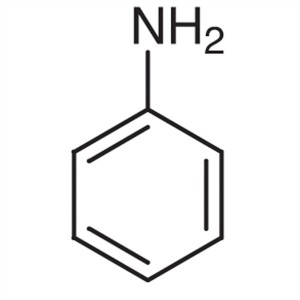
Aniline CAS 62-53-3 Purity ≥99.9%(GC) High Quality
-
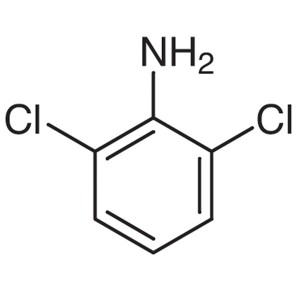
2,6-Dichloroaniline CAS 608-31-1 Purity >99.0% ...
-
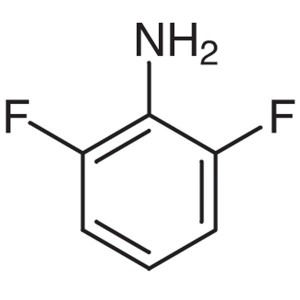
2,6-Difluoroaniline CAS 5509-65-9 Purity >99.5%...
-
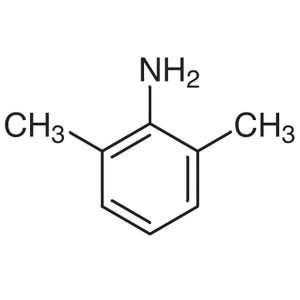
2,6-Dimethylaniline 2,6-Xylidine CAS 87-62-7 Pu...
-
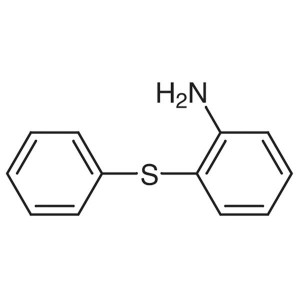
2-(Phenylthio)aniline CAS 1134-94-7 Purity >99....
-
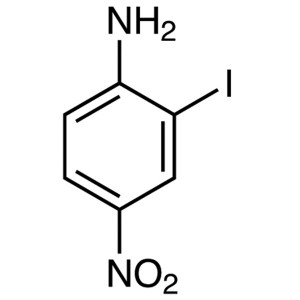
2-Iodo-4-Nitroaniline CAS 6293-83-0 Purity >98....
-
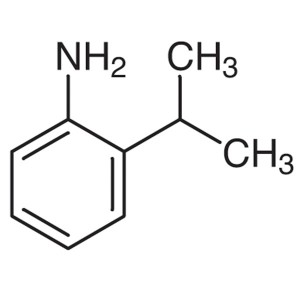
2-Isopropylaniline CAS 643-28-7 Purity >99.0% (...
-
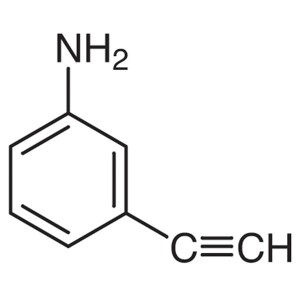
3-Ethynylaniline CAS 54060-30-9 Purity >99.0% (...
-
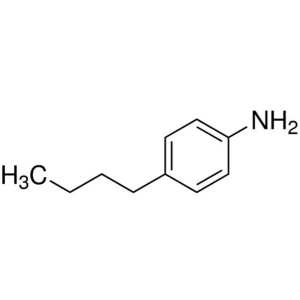
4-Butylaniline CAS 104-13-2 Purity >98.0% (GC)
-
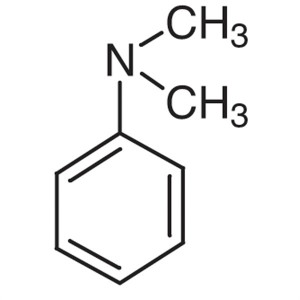
N,N-Dimethylaniline (DMA) CAS 121-69-7 Purity >...
-
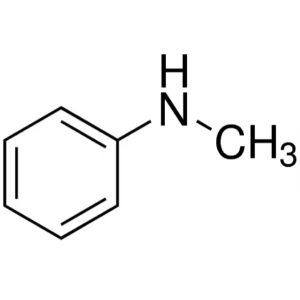
N-Methylaniline CAS 100-61-8 Purity >98.0% (GC)
-
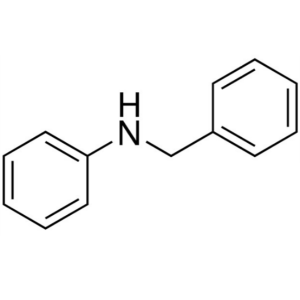
N-Phenylbenzylamine CAS 103-32-2 N-Benzylanilin...
-
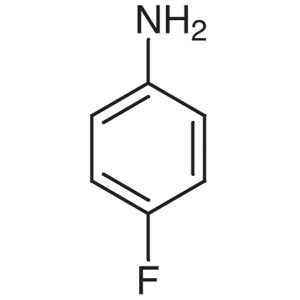
4-Fluoroaniline CAS 371-40-4 Purity >99.0% (GC)
-
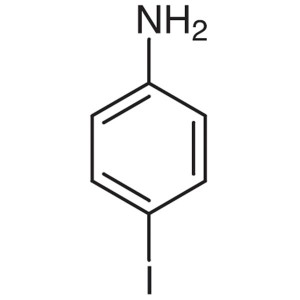
4-Iodoaniline CAS 540-37-4 Purity >99.0% (GC) F...
-
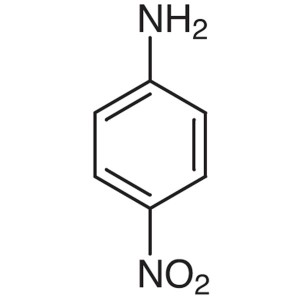
4-Nitroaniline CAS 100-01-6 Purity >99.0% (GC) ...
-
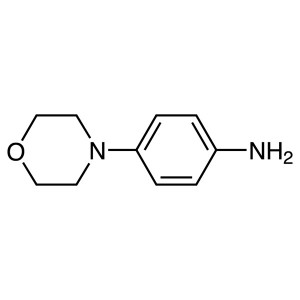
4-Morpholinoaniline CAS 2524-67-6 Purity >99.0%...

